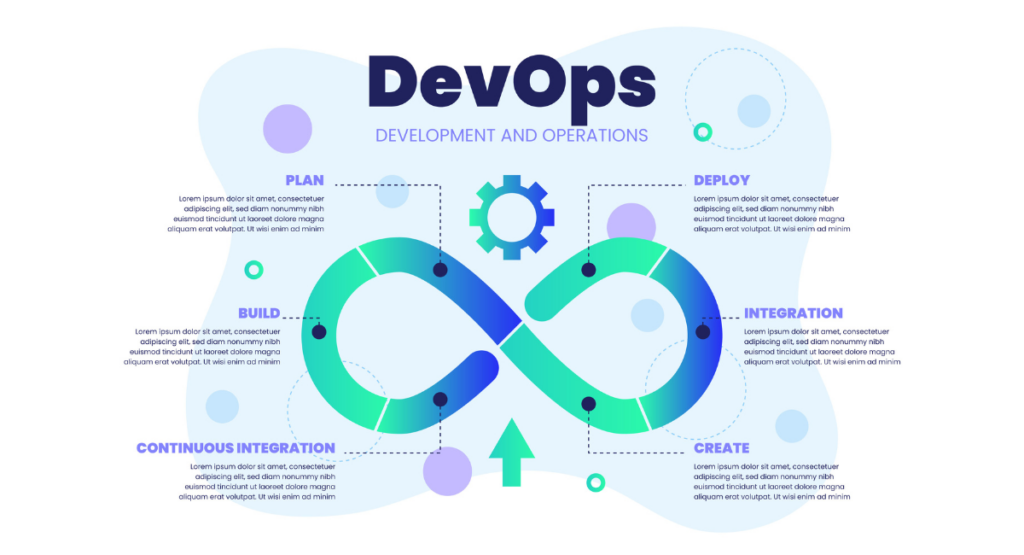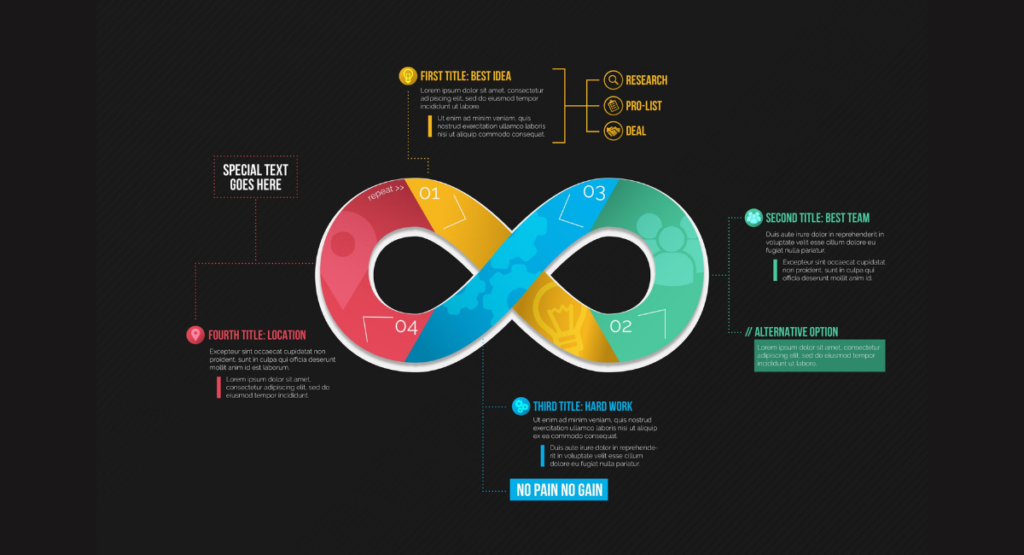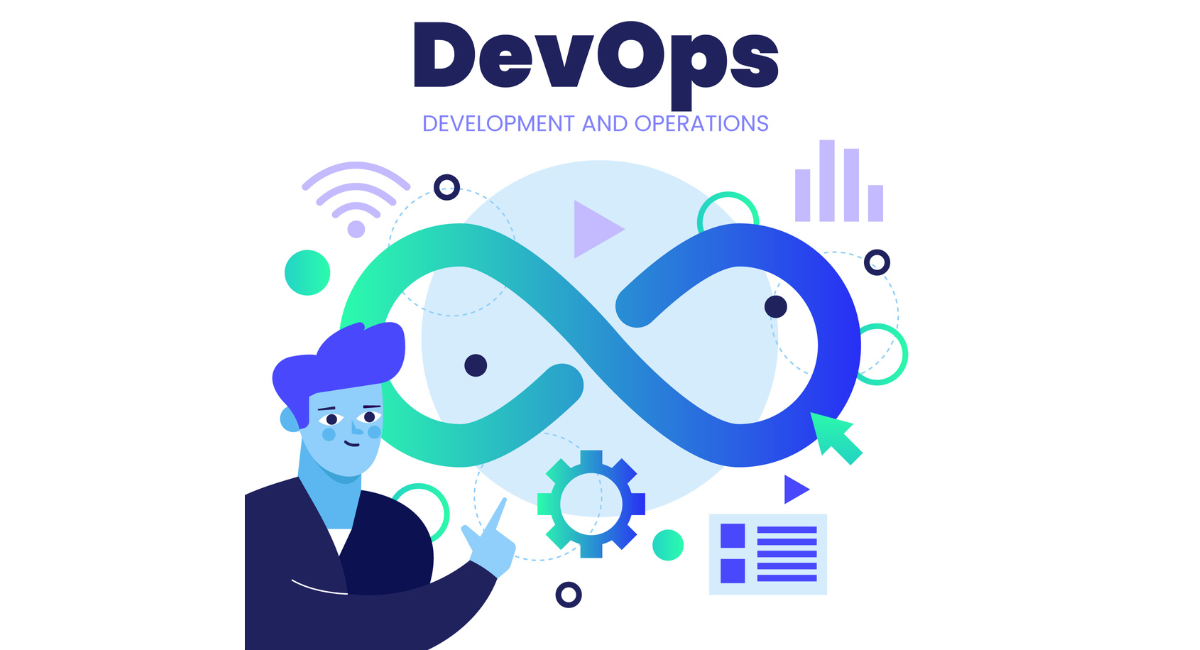The ever-changing landscape of software development accelerates the demand for DevOps tools that are efficient and robust. Entering into 2024, firms are highly desirous of bringing enhancements in the deployment flow and improving collaboration between development and operations teams.
DevOps tools provide end-to-end automation, reduce error-prone tasks, and enhance the deployment speed with a continuous feedback loop so important for iterative improvement in applications.
This guide consists of 15 top DevOps tools in use today and gives you insight into their key features and relative advantages. Be it a startup, SME, or large enterprise, these tools optimize operational efficiency and boost the productivity of your team in the digital space.
Top 15 DevOps Tools for 2024

Jenkins
Jenkins is an open-source, self-contained automation server for automating almost anything in Continuous Integration and Continuous Delivery pipelines to deploy the code across different environments.
Inherent in the meaning of a plugin-based architecture, Jenkins is able to be hooked up to nearly every tool from DevOps the latter adding flexibility to it as such.
Jenkins supports development, testing, and deployment by providing ease of simplification due to its stringent support from automation and plethora of plugins that vouchsafe bang for its buck in providing room for extending it to meet any needs of the project.
Docker
Docker has changed the way applications are containerized, easing the process of creating, deploying, and running applications with the use of containers.
These containers allow one to package an application with all the different parts it needs to execute, like libraries and dependencies, and ship them all out as one package.
This ensures that an application will work on any other Linux machine regardless of customized settings it may have, thus giving consistency in the environment from development into production.
Kubernetes
Kubernetes is one of the primary tools for container orchestration. It manages the creation of all containers and their life cycle in various environments.
It is in charge of the scheduling and running containers on clusters of physical or virtual machines.
More importantly, it helps to scale applications as required with zero downtime, rolling out new features seamlessly to the market and optimizing hardware usage to get more running applications on the same hardware.
Git
One of the most popular answers to the need for a distributed version control system that facilitates teamooting in coding, which involves managing changes to the source code with time, is certainly Git.
Developers can clone a copy of a repository along with its history and thereby work independently, with the changes merged correspondingly.
Added flexibility, control over versions, and revisions that Git provides impart necessity that it features in DevOps practices.
Ansible
Ansible is an open-source tool for automation in software provision, configuration management, and application deployment.
Ansible allows the use of a very simple, human-readable YAML syntax to empower DevOps teams to declare configurations and configure very sophisticated IT workflows without custom scripting.
Its agentless, modular architecture makes it very easy to integrate into any DevOps lifecycle.
ContextQA
Although quite new to the DevOps scene, ContextQA is fast becoming the attention center due to its automated testing ability that seamlessly fits within any CI/CD pipeline.
It provides end-to-end quality solutions aimed at assisting developers in detecting issues early in a development cycle so that product quality stays high and time-to-market reduces.
It can simulate real-world scenarios, ensuring applications perform not only under test conditions but are also production-ready for stresses.
Puppet
Puppet It is, just like Ansible, a tool used for configuration management that assists in automating the maintenance of a company's infrastructure.
It gives DevOps teams the ability to provide IT services quickly and with consistency, mostly through a simple, readable declarative language that describes what state IT resources should be in.
Puppet automatically keeps systems consistent, secure, and compliant by handling such tasks that would otherwise have been grueling and time-consuming.
Nagios
The Nagios monitoring is strong, alerting teams to problems within systems so that one can engage and resolve them before business processes are affected.
It has detailed reporting, an easy way to integrate it with a number of services, and offers flexibility in the monitoring of a big variety of metrics, including server performance, network, and infrastructure.
High availability and high performance go with efficient monitoring on Nagios.
Terraform
Terraform by HashiCorp is the IaC tool that enables teams to define data center infrastructure using a high-level configuration language and provision it.
It makes both cloud and on-premises resources simple to handle, using a state file that keeps a record of changes over time, hence making them predictable, effective, and minimizing human errors in the course of manual configuration.
Prometheus
Prometheus is embraced widely for its monitoring and alerting toolkit that fits well within the DevOps ethos of proactive problem identification and resolution.
It is particularly good at recording real-time metrics in a time series database that enables precise alerting based on complex or simple rules defined as per user requirements.
It integrates perfectly with Kubernetes, providing insights into containers and microservices performance.
Grafana
Grafana is an analytics and interactive visualization web application, providing charts, graphs, and alerts for the web in connection with supported data sources such as Prometheus.
It extends Prometheus by providing visualization over the data held in the time series database. Grafans's dashboards are custom-made, thus helping teams see and analyze metrics across a myriad of vectors, hence strengthening decision-making procedures where operational monitoring is involved.
Slack
Slack has become indispensable in modern DevOps environments as a collaboration platform integrating communications across tools and teams.
It enhances productivity by consolidating information exchange, tool notifications, and operational alerts in a singular platform that can be used across devices.
Integration with tools like Jenkins, Git, and Docker streamlines workflow communications, making phased deployments and issue tracking more manageable.
Jira
Jira from Atlassian is well-known for its project management capabilities, specially designed to handle agile development.
It supports planning, tracking, and managing agile software development projects, incorporating customizable scrum boards, kanban boards, and real-time performance reports.
Integration with CI/CD tools through plugins enhances its utility, streamlining development cycles and increasing delivery speed.
GitLab
GitLab is a complete DevOps platform delivered as a single application, which fundamentally changes the way Development, Security, and Ops teams collaborate and build software.
It covers the software development life cycle fully, from project planning and source code management to CI/CD, monitoring, and security. This integrated platform reduces cycle time and increases the speed of development.
CircleCI
CircleCI is known for its continuous integration and delivery platform that automates the software development process using CI/CD principles.
It can be configured for complex workflows including build, test, deploy, and release stages. Compatible with Docker and Kubernetes, CircleCI helps software teams rapidly release code they trust by automating the build, test, and delivery process.
Tool Comparations

Jenkins vs. GitLab
The principal difference between Jenkins and GitLab, hence, is the approach toward performing a plethora of CI/CD processes. Jenkins gives an open-source automation server with hundreds of plugins in place for building, deployment, and automation of any project.
On the other hand, GitLab is an ultra-well-integrated source repository and CI/CD system by hosting comprehensive pipeline configurations directly inbuilt into source control.
In contrast, Jenkins provides much greater flexibility and a wide plugin ecosystem whereas GitLab focuses on more holistic experience with built-in CI/CD capabilities that would potentially reduce the need to integrate other tools.
Book a Demo and experience ContextQA testing platform in action with a complimentary, no-obligation session tailored to your business needs.
Docker vs. Kubernetes
Docker and Kubernetes serve complementary roles in the DevOps landscape focusing on containerization technologies. Docker simplifies the creation and management of containers, providing an isolated environment for applications.
Kubernetes, however, is a container orchestration tool that deals with handling multiple containers across different machines efficiently.
While Docker provides the fundamental technology to create and run containers, Kubernetes offers the scalability, automation, and management necessary to maintain them at scale, showcasing why many businesses opt to use them in tandem rather than independently.
Also Read - What is Automation Testing? Ultimate Guide & Best Practices
